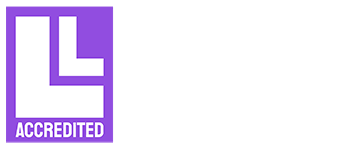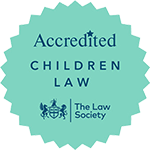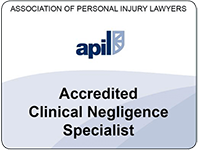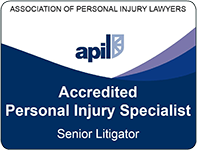-
Business Services ▾
-
Company & Commercial
- Legal Services for Landlords
- Commercial Property
-
Employment Law
- - Sponsor Licences
- - Employment law solicitors and HR training UK
- - Employment Tribunals Advice
- - HR Consultancy
- - Discrimination and Family Issues in the Workplace
- - Restrictive Covenants
- - Drafting and Varying Contracts of Employment
- - Redundancies and Restructuring
- - Disciplinary Hearings, Dismissals and Grievances
- - Trade Unions and Industrial Action
- - TUPE Guidance
- Commercial Litigation
-
Legal Compliance
- Debt Recovery
- Business Recovery & Insolvency
-
Company & Commercial
-
Individual Services ▾
- Residential Property
- Public Law
- Family & Matrimonial
- Children Law
-
Clinical Negligence
- - Abuse and neglect of the elderly
- - Fracture Negligence
- - Surgical Negligence
- - GP Negligence
- - Gynaecological Claims
- - Medication and Prescription Error Advice
- - Paediatric Claims
- - Orthopaedic Negligence
- - Physiotherapy or chiropractic treatment errors
- - Ophthalmic Eye Claims
- - Cancer Misdiagnosis Claim
- - Pressure Sores
- - Inquest Representation
- - Cauda Equina Syndrome Compensation
- - Anaesthetic Awareness – Administration Mistakes
- - Birth Injuries
- - Cosmetic Surgery Mistakes
- - Negligent Cardiac Care Claims
- - Cerebral Palsy
- - Chiropractic Injury
- - Colorectal Surgery
- - Consent to Treatment
- - Dental Negligence
- - Ear, Nose and Throat
- - Sepsis
- - Personal Injury
- Wills & Probate
- Dispute Resolution
-
Sports Law
- Employment Law
-
UK COVID-19 Inquiry
- LGBTQ+ Legal Advice
26th June 2025 | Clinical Negligence
Scoliosis Diagnosis & Management: A Clinical Negligence Solicitor’s Personal Experience
Scoliosis is a spinal condition that can affect people of any age, from babies to adults, but most often starts in children aged 10 to 15.
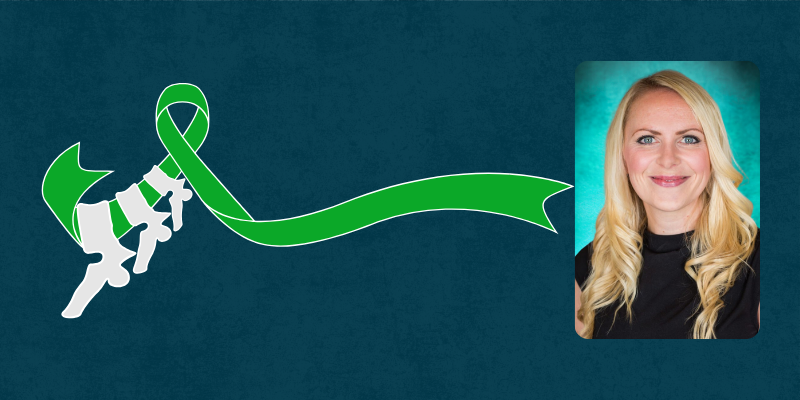
Scoliosis is a condition where the spine twists and curves. With correct diagnosis and treatment, it can improve. Sara Haf Uren, Partner in our Clinical Negligence and Serious Injury team has recently experienced diagnosis and management of scoliosis within her family – this is her story.
As a clinical negligence solicitor, I spend my working life supporting families who have been let down by the healthcare system. I know how quickly things can go wrong when red flags are missed, referrals are delayed, or treatment is poorly coordinated.
When my daughter then, 12-year old daughter was diagnosed with Adolescent Idiopathic Scoliosis, I found myself in a position I never expected, standing at the intersection of my professional life as a clinical negligence solicitor and my personal life as a mother.
Having represented many families through medical misdiagnosis claims, I already knew how important early diagnosis and specific scoliosis treatment can be. I’ve supported clients whose children experienced delayed NHS diagnosis of spinal injuries or received inadequate monitoring, often resulting in unnecessary spinal surgery or long-term pain and disabilities.
So when I began noticing signs in my own child, uneven shoulders, a visible curve, tilted waist, postural changes and ankle pain, I acted quickly and pressed for treatment, even when faced with advice to simply “wait and see”.
In the UK, Scoliosis Support & Research (formerly the Scoliosis Association UK) has designated 26th June as National Scoliosis Awareness Day to highlight the importance of understanding and recognizing the condition.
Awareness of the “ABCD” of scoliosis is vital in any campaign.
The test refers to:
- Asymmetry
- Bend forward
- Check for curve
- Diagnosis
This aims to diagnose the condition early. Above all else, timing is key. Left untreated, spinal curvature can progress rapidly, especially during adolescence and result in avoidable pain, loss of mobility, and the need for more complex surgery.
Recognising the Red Flags of Scoliosis
In my legal work, I’ve seen how easy it is for early orthopaedic symptoms in children to be dismissed as “growing pains” or poor posture. GPs may delay referral to orthopaedics, or fail to order spinal imaging until the curvature worsens.
Thanks to my experience as a clinical negligence solicitor, I was able to quickly recognise the signs of scoliosis and take prompt action.
I understood how rapidly it could progress, particularly in adolescent idiopathic scoliosis (AIS), the most common form. I also knew how critical early intervention is to avoid spinal fusion surgery or lifelong complications.
How My Legal Knowledge Helped Navigate the NHS System
Even with all my professional experience, nothing prepares you for hearing that your own child may need invasive treatment. I was lucky to understand the system, but it didn’t take away the emotional weight.
It did, however, give me clarity. I knew how the care pathway should look. I understood what “best practice” meant, and I recognised the points at which things might have gone wrong if I hadn’t known to speak up.
Once my daughter’s GP suspected scoliosis was confirmed I was aware of the typical care pathway: referral to paediatric orthopaedics, spinal X-rays/MRI and close monitoring, or bracing, if caught early enough.
I understood the right terminology, the timelines, and how to advocate confidently for prompt care. That helped me secure a diagnosis and treatment plan quickly. But most parents don’t have the benefit of that legal insight and they shouldn’t need to.
Why Delayed Scoliosis Diagnosis Can Be Grounds for a Compensation Claim
Scoliosis medical negligence cases could arise where:
- The spinal curve was missed during GP check-ups
- A GP or paediatrician failed to refer appropriately for x-rays and MRI scans
- Imaging or bracing was delayed despite progressive curvature
- Surgery was needed that may have been avoidable with earlier care or less more invasive surgery was needed
- Surgical complications such as nerve compression, respiratory issues, mobility loss and permanent disability
- Consequential psychological harm in children and teenagers.
If the delay in diagnosis or treatment caused the spinal curvature to worsen significantly or led to unnecessary pain, surgery, or long-term disability, it may be possible to bring a clinical negligence claim for scoliosis compensation.
Why I’m Committed to Helping Other Families
Even with all my legal experience, navigating my daughter’s diagnosis was emotional and challenging. But I had the advantage of knowing how the system works and what good care looks like.
Through my work, I’ve seen too many families who weren’t so lucky, whose children’s orthopaedic conditions progressed because the warning signs were missed. That’s why I remain passionate about holding systems accountable and helping families secure answers, justice, and support.
Concerned About a Delayed Scoliosis Diagnosis?
If your child’s scoliosis was diagnosed late or you believe the care they received was negligent, you may be entitled to bring a scoliosis clinical negligence claim.
Contact us today for expert advice from someone who understands, both professionally and personally, how much this matters.


